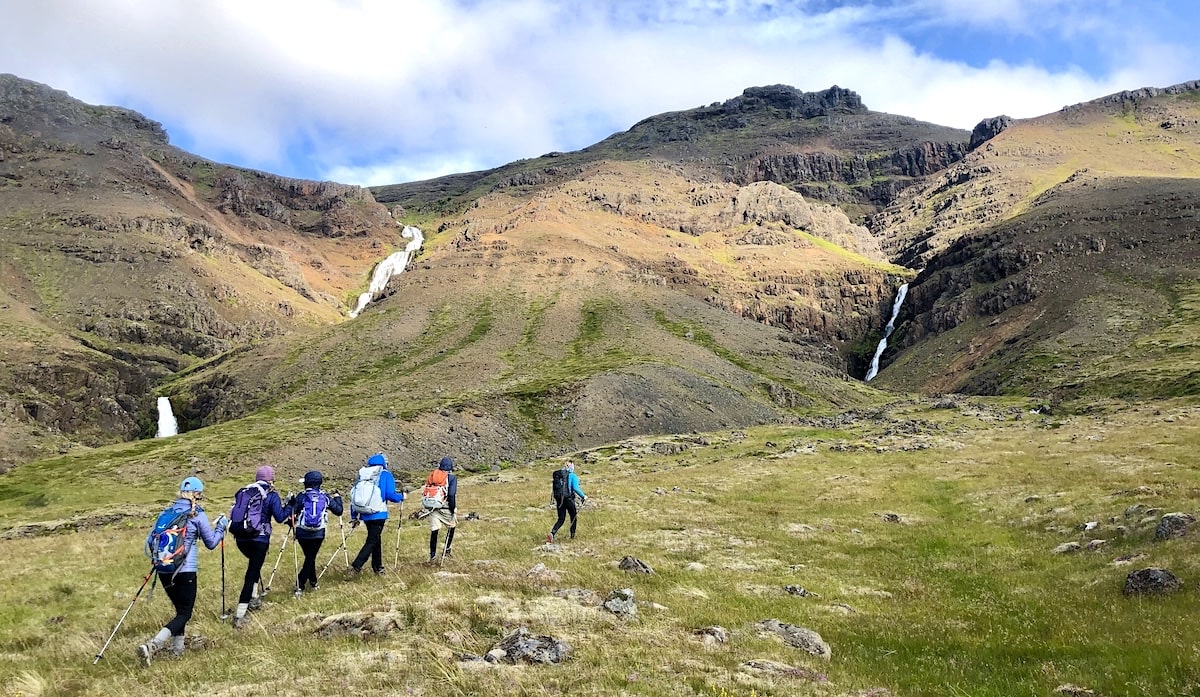
Trekking Poles
So, you are getting ready to embark on your Ryder-Walker hiking trip of a lifetime. Whether you are traveling to the Himalaya or to a Mediterranean Island, you have probably noticed a piece of a specialty hiking gear on your packing list: Trekking poles! What are they? Do I really need them? What about bringing them on a plane? Read on!
Benefits
Trekking poles are truly an incredible asset for long distance hikes and treks. There are many hikers that refuse to use trekking poles, however this is nothing more than a fashion bias – even the world’s most skilled sky runners and athletes use trekking poles to ascend into the high alpine terrain. A good pair of trekking poles provides a variety of notable benefits to your hiking.
First, using the poles while hiking on flat terrain or ascending helps you to achieve a more sustainable kinetic approach to hiking. By engaging your upper body while hiking you are helping to remove stress from your legs through the use of your arms and poles as secondary resources of support and movement. Second, trekking poles are excellent when hiking in varied terrain, with ice, snow, rocks, or even just moments that require a little extra balance. Being able to use your poles to maintain extra points of contact with the ground allows you to gain stability in terrain you might be less comfortable crossing on just your feet. Finally, trekking poles are an absolute godsend on sustained descents. Using them while hiking down from a pass or peak takes a significant amount of stress off of your knees. Trust me, your body will thank you.
What to Buy
Trekking poles can be a daunting purchase as they are the only “techy” piece of gear used in hiking. The differences between them can be subtle and oftentimes unintuitive. Typically, we recommend the Black Diamond Z trekking poles or any other style of collapsible pole. I prefer collapsible poles to ones with a telescoping shaft because telescoping poles tend to provide more technical difficulty with assembly and disassembly as well as having more small mechanical parts that can either get lost or damaged.
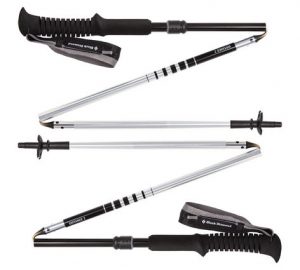
First, find a pair of collapsible poles that fits your height rather than adjustable ones – the right height for a trekking pole should leave your arms resting comfortably at around a 90-degree angle in front of you. If you find you have to strain to reach them or need to crunch your arms up into an acute angle to use them, the poles are probably the wrong size. Try to buy them in a brick and mortar store where a sales assistant can help you get the right ones with a proper fit (unless you are confident purchasing them online).
The next most important factor in buying trekking poles is weight. You want these poles to be LIGHT, the lighter the pole, the less the fatigue from using it. Poles with a carbon shaft are often extremely light as well as durable. Finally, I would recommend avoiding Leki brand poles – these poles are in theory fine; however, they have led to the most frustration from malfunctioning parts that I have witnessed with clients on the trail. Is your Leki trekking pole stuck? Check out this blog post.
How to Use
While using trekking poles is as simple as walking, there are a few useful techniques to know. First, make sure you use your wrist straps if the poles have them. The wrist straps allow you to generate pressure from your core if you need to, take stress of the wrist and palm, and prevent you from dropping the pole at a crucial moment. Next, use the poles gently. A light touch is best here, typically you want to be tapping the ground with your pole and establishing a brief contact rather than leaning heavily on the pole, although the poles are certainly sturdy enough to support some bodyweight if needed.
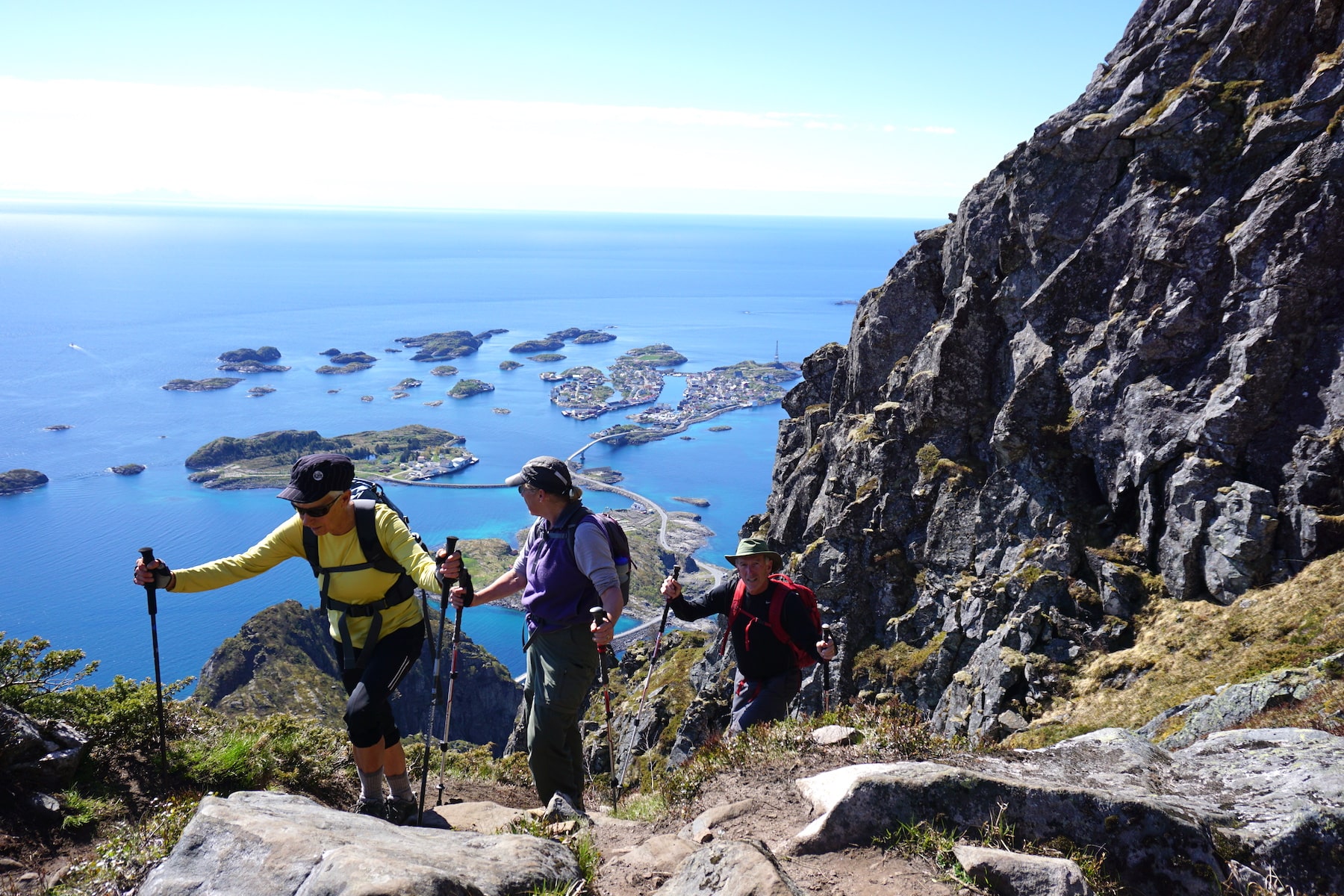
Finally, the rubber tip at the bottom that covers the smaller metal tip isn’t just for protecting the pole in the store. Don’t throw it out! The metal tip is reserved for ice and snow, while the rubber tip provides better grip on rocks and protects the metal point and environment from scrapes and scratches while hiking in non-frozen terrain.
Traveling with Trekking Poles
A question we are often asked about trekking poles is whether they will raise any suspicion while traveling or flying. On trains and buses, you should have no problem, trekking poles are a common sight especially in the alps and nobody should give you any trouble. TSA and airport security might be a different story though. Although some poles are allowed to be carried onto planes, ultimately it falls to the judgment of the TSA security person you are interacting with. When in doubt, check the bag. You can learn more about traveling with trekking poles here.


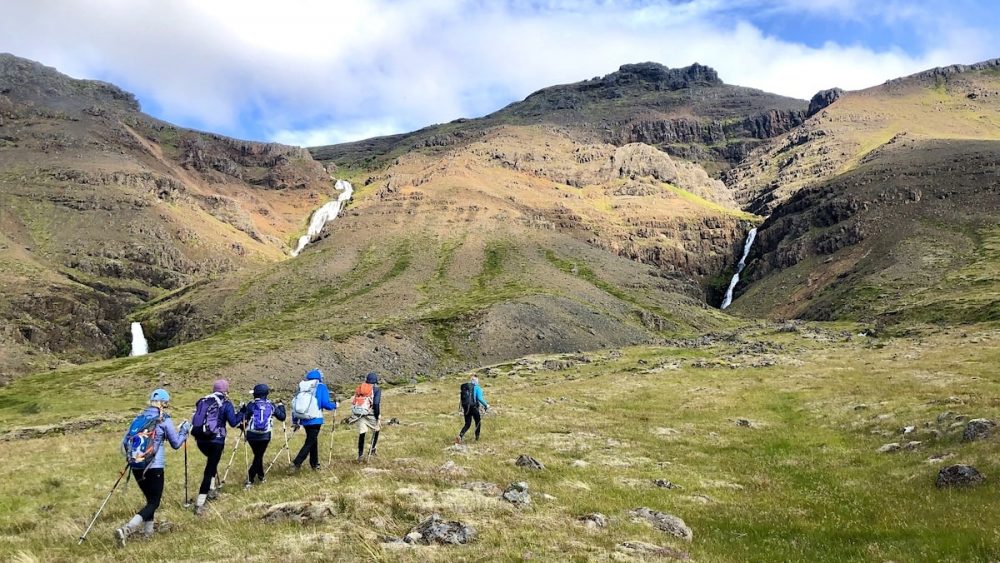

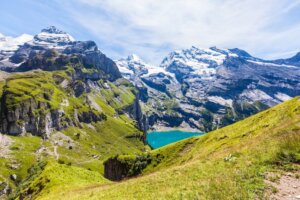
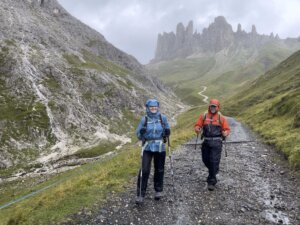


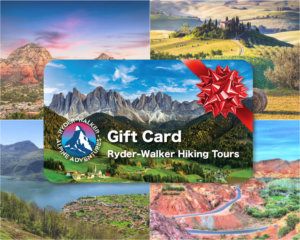
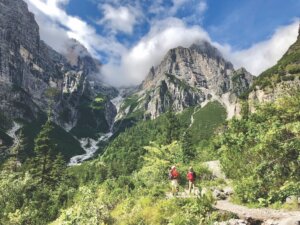

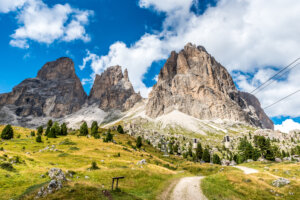

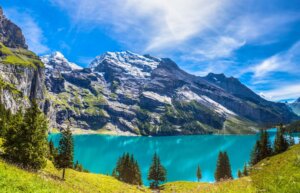
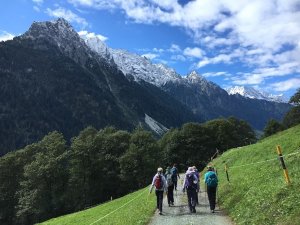
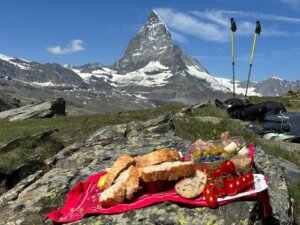







Comments are closed.